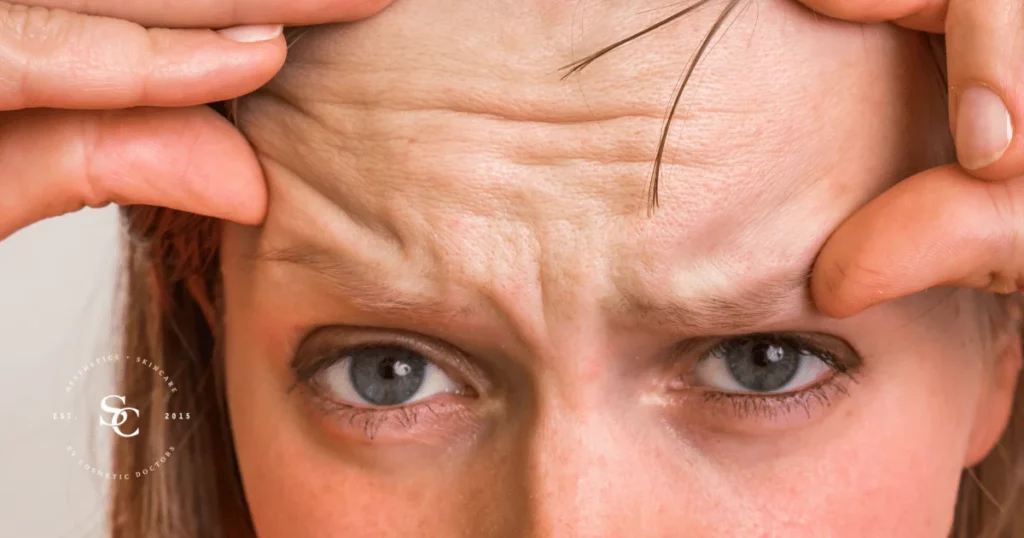Understanding Wrinkles: An Overview
Wrinkles, those fine lines and creases that appear on the skin, are a natural part of the aging process. They result from a combination of factors, including genetics, sun exposure, and the gradual breakdown of collagen and elastin fibers in the skin. In this comprehensive guide, we will delve into the world of wrinkles, exploring their nature, causes, treatment options, and prevention strategies for maintaining youthful and healthy-looking skin.
Identifying the Types of Wrinkles
There are two primary types of wrinkles:
- Dynamic Wrinkles: These wrinkles appear when facial muscles contract, such as when smiling or frowning.
- Static Wrinkles: These wrinkles are visible at all times and result from the loss of skin elasticity and collagen.
Causes and Risk Factors of Wrinkles
Understanding the causes and risk factors of wrinkles is essential:
- Aging: The natural aging process leads to the gradual breakdown of collagen and elastin fibers, resulting in the formation of wrinkles.
- Sun Exposure: UV radiation from the sun accelerates skin aging and can cause premature wrinkles.
- Smoking: Smoking damages collagen and elastin, contributing to the development of wrinkles.
- Genetics: Genetic factors can influence how prone an individual is to developing wrinkles.
- Skin Type: People with fair skin are more susceptible to sun-induced wrinkles.
Different Types and Stages of Wrinkles
Wrinkles can be categorized into various types and stages, including fine lines, deep creases, crow’s feet, and forehead wrinkles, among others.
Diagnosis: How Wrinkles are Detected
Diagnosing wrinkles involves a visual examination by a dermatologist or skincare specialist. They may assess the type, severity, and location of wrinkles and recommend suitable treatment options.
Treatment Options for Wrinkles
Several treatment options can help manage and reduce the appearance of wrinkles:
- Topical Retinoids: Over-the-counter or prescription retinoid creams can improve skin texture and reduce fine lines.
- Anti Wrinkle Injections (Botulinum Toxin): Anti Wrinkle Injections injections can temporarily relax muscles and smooth dynamic wrinkles.
- Dermal Fillers: Injectables like hyaluronic acid fillers can plump and fill static wrinkles.
- Chemical Peels: Dermatologists use chemical peels to exfoliate the skin’s surface and promote collagen production.
- Laser Therapy: Fractional laser treatments can stimulate collagen production and improve skin texture.
- Microneedling: This minimally invasive procedure involves tiny needles to stimulate collagen and elastin production.
- Facelift Surgery: Surgical facelifts can provide long-lasting results for more advanced signs of aging.
Prevention Strategies for Wrinkles
Preventing wrinkles involves adopting strategies to minimize risk factors and protect the skin:
- Sun Protection: Use sunscreen daily and wear protective clothing and sunglasses to shield the skin from UV radiation.
- Smoking Cessation: Quit smoking to prevent further damage to collagen and elastin fibers.
- Skincare Routine: Establish a consistent skincare routine that includes moisturizing and using products with antioxidants.
- Healthy Lifestyle: Maintain a balanced diet, stay hydrated, and manage stress levels to support overall skin health.
Home Remedies and Self-Care for Wrinkles
In addition to medical treatments, there are home remedies and self-care practices that may help manage wrinkles:
- Moisturizing: Apply a hydrating moisturizer to keep the skin supple.
- Gentle Cleansing: Use a mild, non-irritating cleanser to avoid over-drying the skin.
- Dietary Choices: Consume foods rich in antioxidants, vitamins, and omega-3 fatty acids to support skin health.
- Facial Exercises: Some people find facial exercises help improve muscle tone and reduce the appearance of wrinkles.
Impact of Wrinkles on Self-Image
Wrinkles can impact an individual’s self-esteem and body image. Addressing wrinkles through treatment and prevention measures can boost self-confidence and contribute to a positive self-image.
Long-Term Management of Wrinkles
Managing wrinkles is an ongoing process:
- Skincare Routine: Maintain a consistent skincare routine tailored to your skin’s needs.
- Sun Protection: Continue protecting the skin from UV radiation to prevent further damage.
- Regular Follow-ups: Schedule follow-up appointments with a dermatologist or skincare specialist for treatment adjustments and monitoring.
In conclusion, understanding wrinkles, their causes, treatment options, and prevention strategies is crucial for effectively managing and reducing their appearance. Consulting with a dermatologist or skincare specialist can provide personalized guidance on the most suitable treatments and management approaches for individual concerns, helping individuals achieve youthful and healthy-looking skin.



















